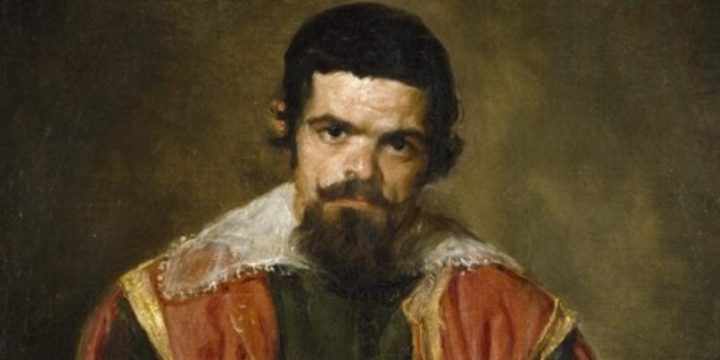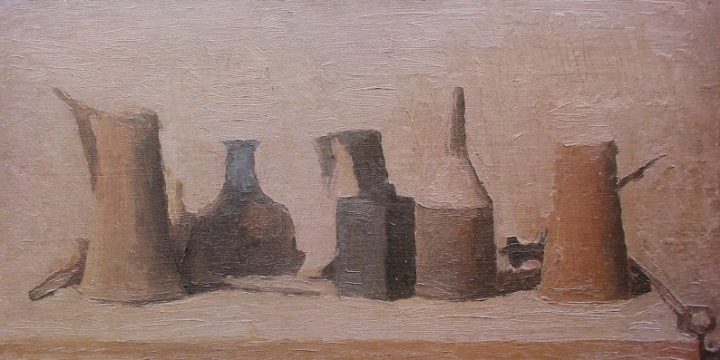
The Jester
There is a much complete series of jesters painted by Diego Velázquez (1599-1660), Don Sebastian de Morra is my favourite one. In all those paintings portraying these misshapen, fool human beings which are really unique in the history of Art, Velazquez is capable of bringing out his innate sense of elegance, a certain distance, a great tenderness and deep respect for the models whom he never derides. The melancholic expressiveness, a cautious and discreet look in their eyes, the wonderful red and green harmony of the clothes. The painter Ramon Gaya wrote beautiful and accurate words on these paintings: ‘All the scholars devoted to Velazquez have tried to decipher every probable meaning hidden in the series of jesters. Most of the time, they have turned Velazquez into a kind and…


